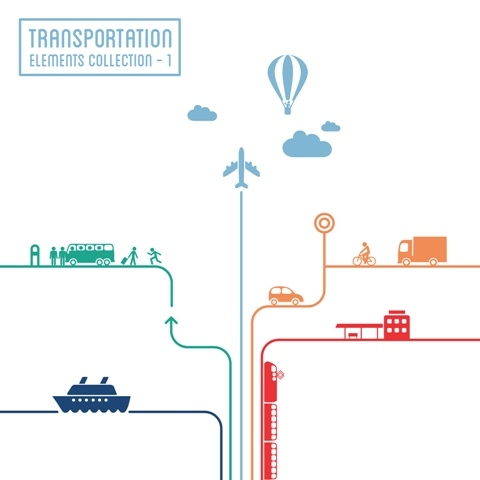The priorities and objectives for the development of the Trans-European transport network (TEN-T) are set out in the TEN-T guidelines. Parliament is currently examining a Commission proposal to overhaul the existing guidelines.
Background

Conceived to ensure the good functioning of the internal market, economic, social and territorial cohesion as well as improved accessibility throughout the EU, the establishment and development of trans-European networks in the areas of transport, telecommunications and energy infrastructure are covered by Title XVI of the Treaty on the functioning of the European Union (TFEU). EU action in this regard aims in particular to promote interconnection and interoperability of national networks, as well as access to them. The Treaty specifically calls for the establishment of guidelines covering the objectives, priorities and broad lines of measures envisaged in the field of TEN. It also specifies that these guidelines include the identification of projects of common interest.
The first guidelines were adopted in 1996 by the European Parliament (EP) and Council. The current TEN-T Guidelines include a list of priority projects (currently 30) as well as maps for each Member State (MS) and for each transport mode.
Guidelines and funding
Following a two-year consultation process, initiated with the publication of a Green Paper, the European Commission (EC) proposed in October 2011 a regulation for revised TEN-T Guidelines. This is part of an overall European Infrastructure Package, also including guidelines for the energy and telecoms sectors as well as a proposal for a single funding instrument, the Connecting Europe Facility (CEF), for all three fields.
The revised TEN-T guidelines notably propose a two-layer approach: a core network to be in place by 2030 and a comprehensive network feeding into this. The latter, considered the basic layer of the TEN-T, consists of all existing and planned infrastructure meeting the requirements of the guidelines. It is expected to be in place by 2050.
The core network will concentrate on the TEN-T components with highest European added value, i.e. cross-border missing links, key bottlenecks and multi-modal nodes, and it will be financed through the CEF. The creation of multi-modal corridors (covering at least three modes, three MS and two cross-border sections), involving the relevant MS and stakeholders, and providing the framework for coordinated development of infrastructure within the core network, is also proposed. The Commission has recently published new maps showing the nine major corridors. The TEN-T revision also seeks to enhance the safety and environment–friendliness of transport infrastructure, by supporting innovative technological developments.
The funding resources earmarked for transport through the CEF for 2014-20 are expected to act as ‘seed capital’ to boost further investment by MS. The share of CEF funding devoted to transport would amount to approximately €23 billion (in 2011 prices), of which around €10 billion will be spent exclusively in MS eligible for Cohesion Fund money. By 2020, the investments needed to complete missing links and remove bottlenecks on the TEN-T core network are estimated at €250 billion.
European Parliament views
In May 2013, agreement was reached on the revised TEN-T guidelines in trilogue negotiations. This agreement needs now to be formally endorsed in plenary, based on the report from the Committee on Transport and Tourism (rapporteurs: Ismail Ertug, S&D, Germany and Georgios Koumoutsakos, EPP, Greece).
The EP is also expected to vote on a trilogue agreement on the proposal for a regulation setting up the CEF, endorsed by a joint meeting of the Transport and Industry Committees.








[…] EU Futurology continued in Strasbourg: Monday evening discussions opened on the Trans-European transport network and we had your ticket with our briefing. […]